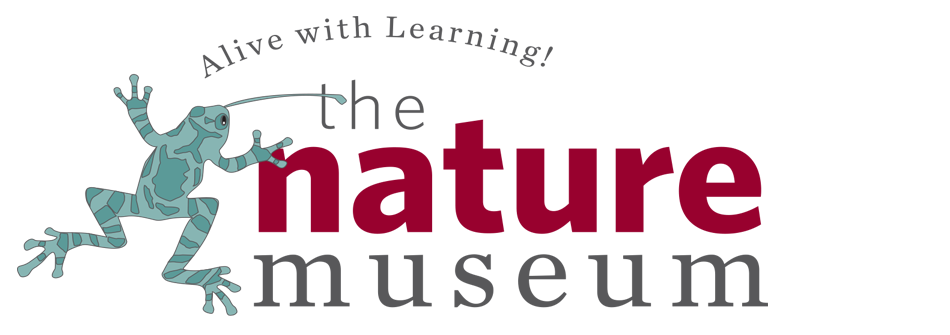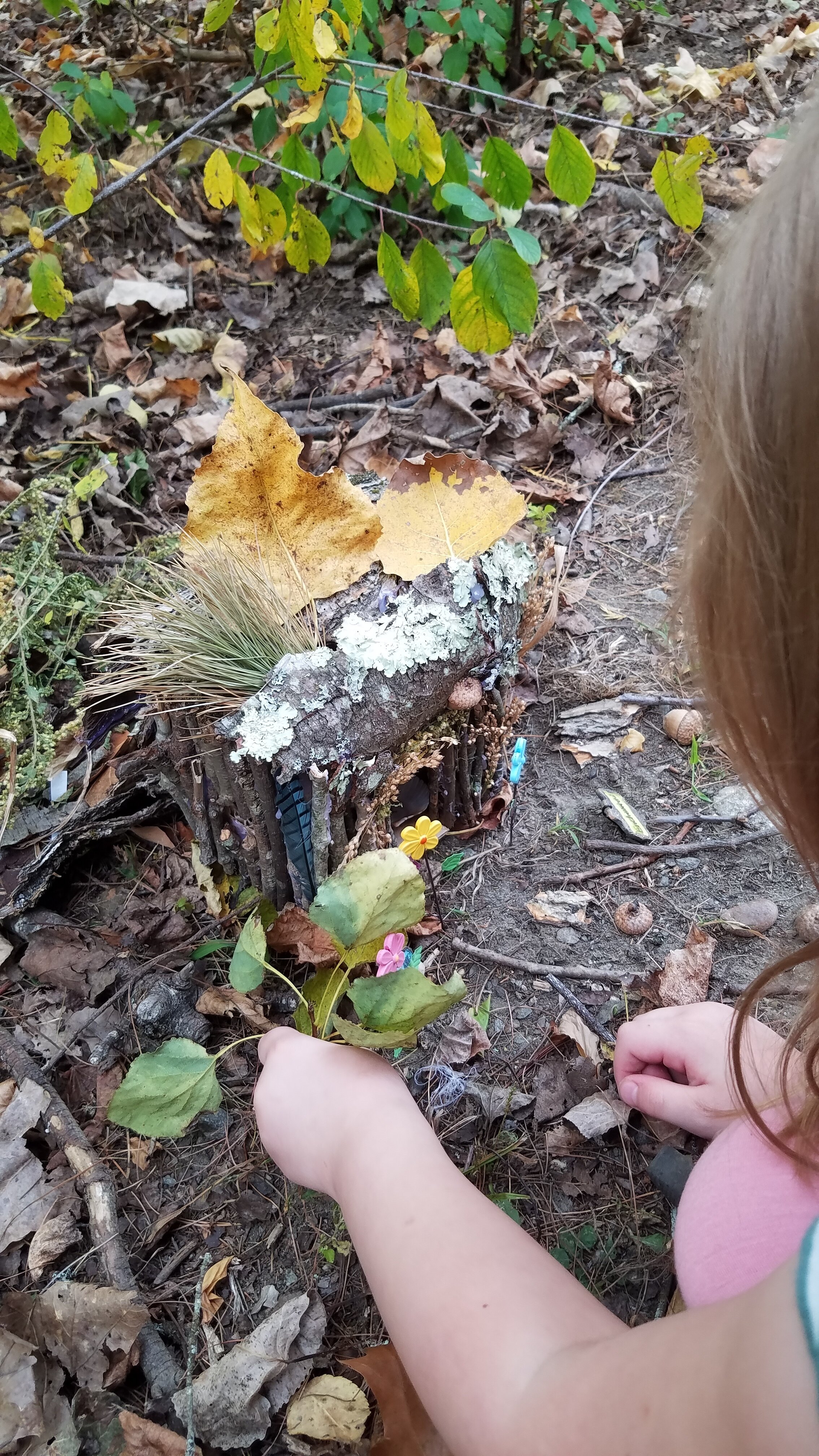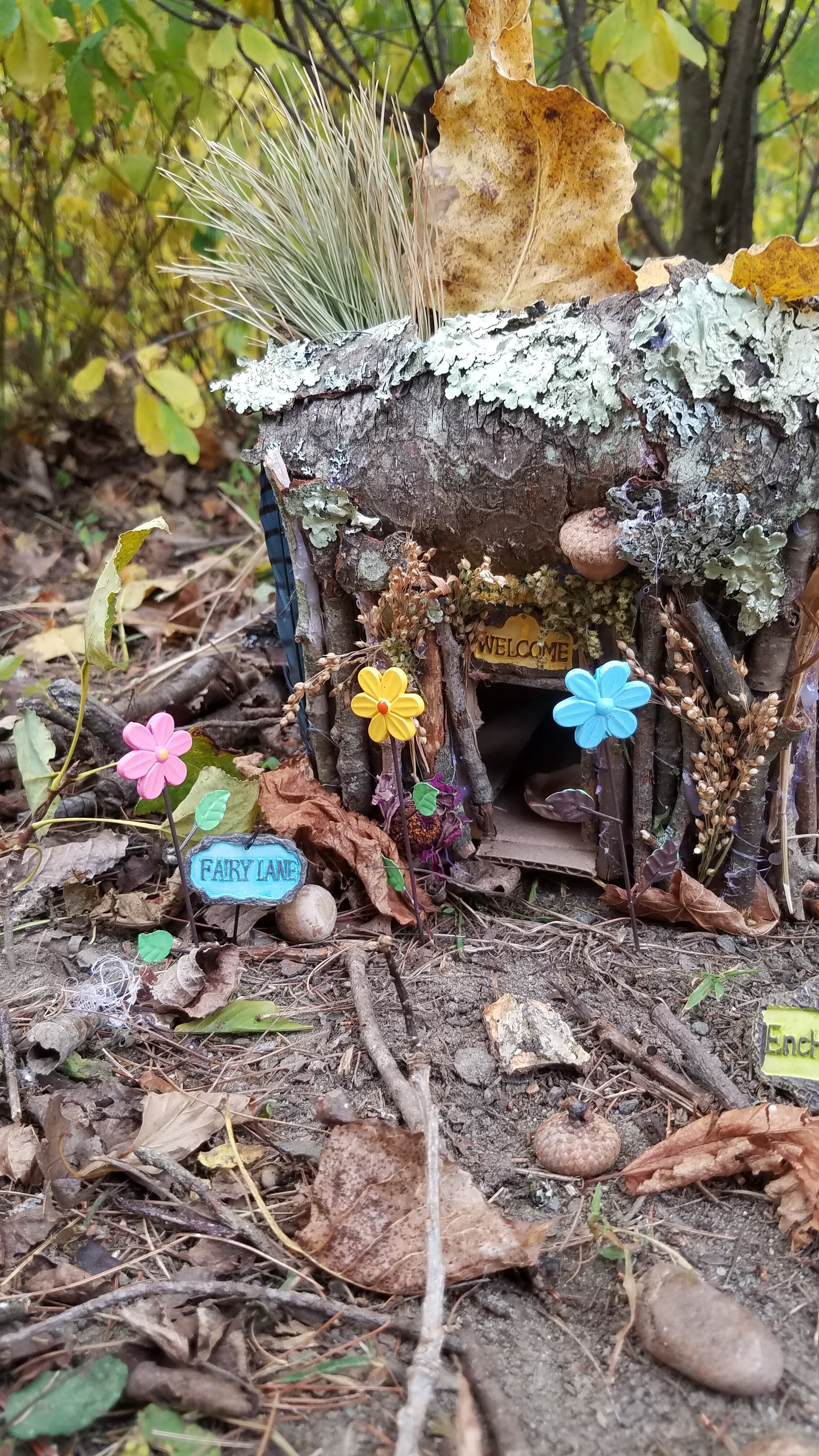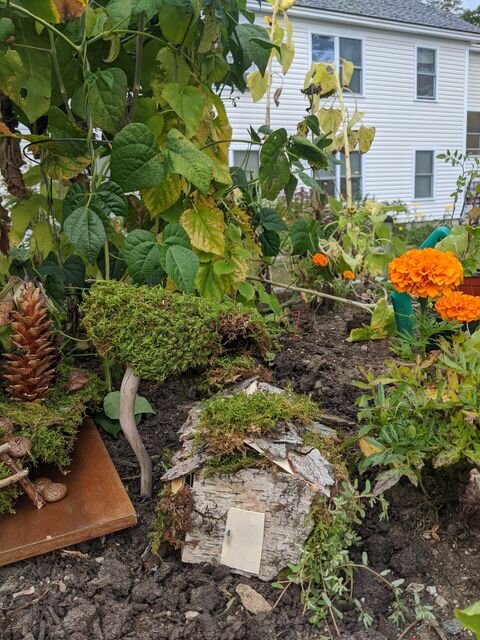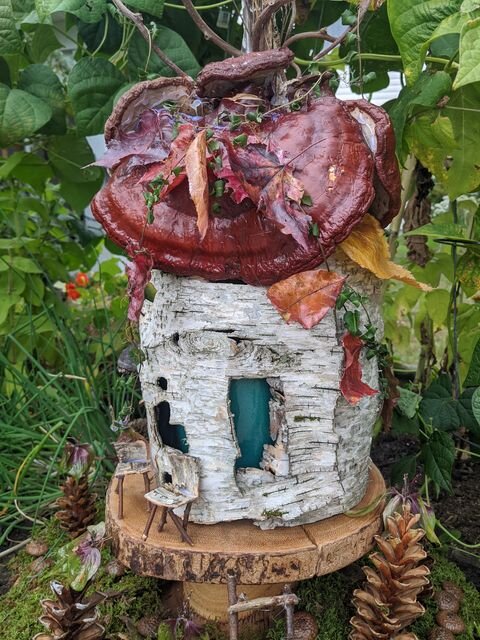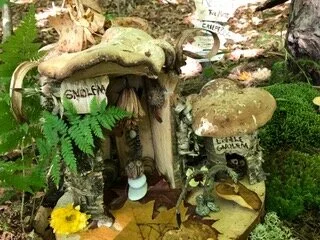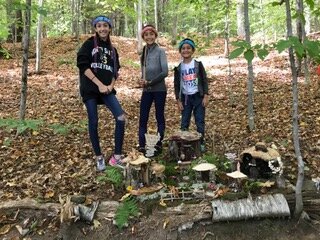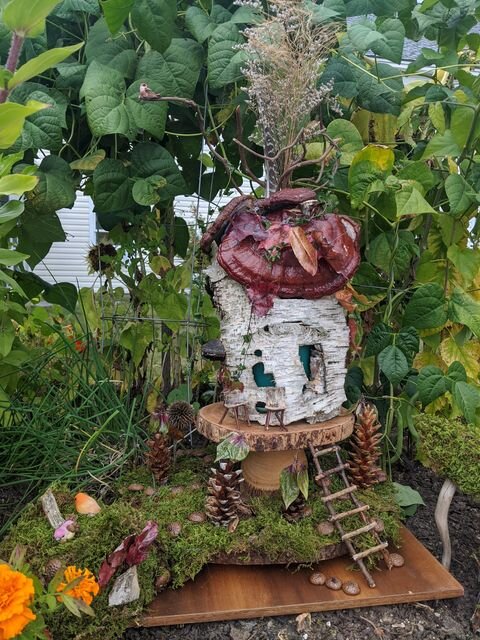The Fairy House Festival Video and Photo Gallery
The Nature Museum Presents: A sparkling video retrospective of our annual Fairy House Festival
Dear Friends,
Come join me for a sparkling trip down memory lane. We may not be able to invite you to the Fairy House Festival this year, but you can still immerse yourself in woodland fairy fun. We hope our little bit of entertainment will inspire you and your loved ones to get out in the woods, the meadows, and your own backyards to create some of your own magic in nature.
The Fairy House Festival is our largest fundraiser and fun-raiser. If you’re able, please consider supporting The Nature Museum this Fall with a financial gift. Together we can inspire a love for the natural world that is foundational for all future environmental activism that flows through children and adults for the rest of their lives.
Happy trails until we meet again,
Laurie Danforth
Queen of the Fairies and Board Chair
In September 2020, we invited fairy house festival fans to bring the magic into their own backyards. Learning to see nature with new eyes is the true gift of this activity, and we are thrilled that so many families and organizations participated in the spirit of this event. See the gallery of photos submitted along the page, and read the beautiful description of a long-time builder who brought the activity to a classroom of children. Thank you to all who took this opportunity to engage with nature in a new way and shared the magic with us!
Inspired to build your own fairy house?
See our Tips For Builders, grab a basket, and begin!
Reflections on the Fairy Trail, by Deborah Velto
I had been a board member at the Nature Museum for six years when I began teaching at The Grammar School (TGS) in Putney. For years, I had been intimately involved with the planning and production of the annual Fairy House Festival. That year, I looked forward to the opportunity to bring my class and continue the tradition of the TGS’s fairy house annual installation.
The Grammar School reserved the same section of the fairy trail each year, and when we arrived on installation day, students would stream down the trail and get right to work clearing fallen leaves and choosing their house site. Sometimes, they would uncover remnants of last year’s installation that would be quickly repurposed and given new life in this year’s fairy village.
As teachers, we were passive observers to the creative energy, tousling leaves, students darting back and forth, gathering materials and calling to each other. We allowed them to progress organically, and before you knew it, birch bark cabins, leafy lean-tos, and tiny fairy gardens began decorating the damp earth. Some students would work alone, others would work together.
Each was being led by their own imagination and the tiny discoveries the woods provided. These lessons emerge more gently on the fairy trail, and the physical sensations and unpredictable characteristics of nature provides inspiration that can never be replicated virtually or in a classroom. This unstructured time in nature revealed it’s own benefits to our students.
Students need to observe and examine intricate details of nature to select the perfect building materials. Considering the shape, texture, and color of each item and how it can be used. Running their fingers along the edge of a shell until they exclaim, “I know! This can be a bathtub!” Students helped each other find the right materials - something long enough, something thin and light, something purple.
Fairy houses help teach the fragility and strength that exists in nature. A big rock might be too heavy for a roof, while a small Oak branch might be strong enough to build a swing set. There is some trial and error to learning these things, and it requires patience too.
They would build together for hours, and as the “fairy village” grew the stories attached to it would develop with great detail.They told the stories excitedly to each other as they built. This is the zipline they take to their room when it is time for bed!” The free play involved allows the stories to weave themselves in organic yarns and spill out in these joyful descriptive exclamations.
Building fairy houses together also teaches boundaries and respect for each other’s space. Someone would inevitably step on someone else’s backyard fence, and two students might want to use the same piece of birch bark. But these conflicts in the moment taught their own lessons - be aware of your neighbor, cooperate, and help fix your mistakes.
Once the village was constructed, the kids would take turns explaining in great detail what they had created. These explanations would come with such eagerness and detailed narration, that we would almost always be late to our picnic lunch.
Upon arriving at the festival the next day, they would eagerly lead their guests down the trail to see what their class had created. Sometimes, they were met by disappointment as the little fairy town would have been shifted or changed since they saw it last - disturbed by wind, a passerby, or an animal. This lesson in the impermanence of nature was always OK somehow. They still remembered the stories, and they still remembered the building. It is in those moments that the magic of the fairy house festival begins. The fairy house was really about the imagining, the foraging, and the creating of something beautiful and impressive together.
The magic of the Fairy House festival emerges through unstructured, playful discovery in the natural world. As teachers, we are challenged to recreate lessons that stimulate student creativity and curiosity in this same way. The lessons our students learn from nature are undeniably inclusive, beautiful, and necessary.
Deborah Velto
Teacher, Fairy Friend
